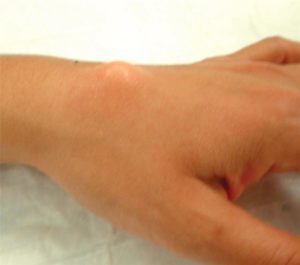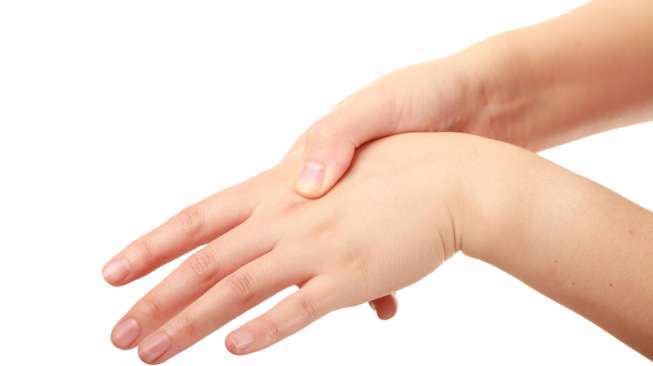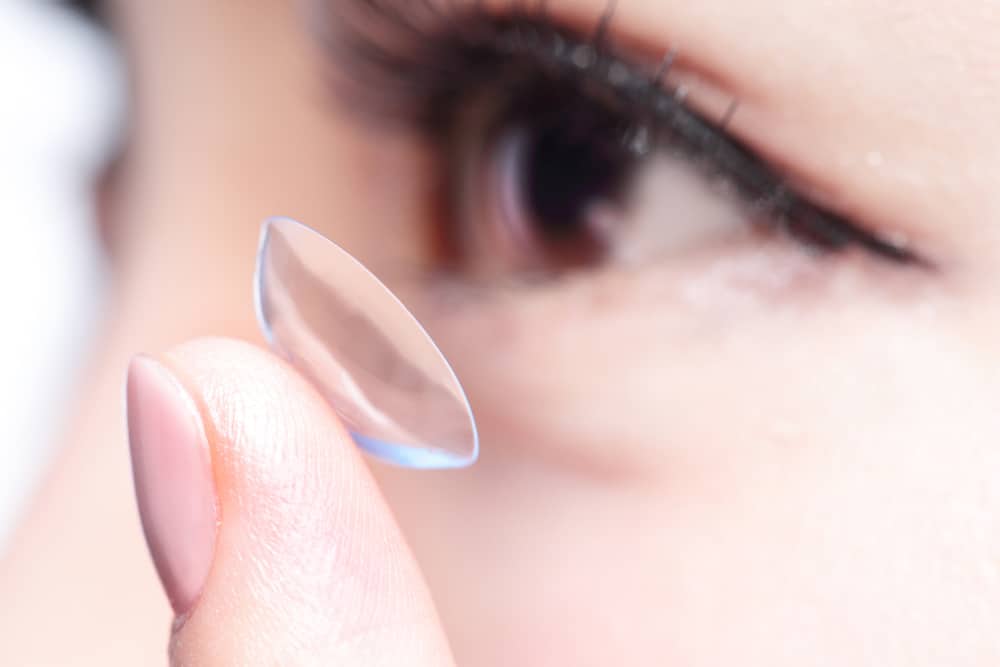Contents:
Medical Video: Petra Ganglion Wrist Cyst Aspiration!
Although quite commonly found, the ganglion still invites many mysteries and confusion here and there.
What is a ganglion?
Ganglion is a non-cancerous tumor or swelling in the joints or the covering sheath of the tendon (the tissue that connects muscle to bone). Ganglion is most commonly found at the top of the wrist, the side of the wrist, the base of the finger on the side of the palm, and the upper part of the joint of the finger.
Ganglion cysts often feel like smooth lumps under the skin and appear to resemble stalked water balloons. A lump of cyst filled with liquid textured like a sticky thick gel, colorless but clear. The size of the lump can range as small as a pea to the size of a golf ball. Depending on its size, the cyst may feel dense or springy.

A ganglion is a benign tumor, harmless and will not spread to other areas. If the ganglion does not cause pain or discomfort, the lump can be left alone and can collapse without treatment, even though the process can take years. Cysts can be painful if their position presses on a nearby nerve. Sometimes, the area around the cyst can feel numb. Joint movements and grip strength in the hands that have cysts can also be affected.
What causes ganglion cysts?
No one knows exactly what causes ganglion growth. Lumps appear when synovial fluids (lubricating joints or tendons) leak and pool in the sac.
One theory suggests that trauma causes joint tissue to rupture to form small cysts which then combine to become a larger and more real mass. The theory most likely involves defects in joint capsules or tendon sheaths that allow joint tissue to bulge out.
However, there are several risk factors that make some people have a ganglion:
- Age and sex: ganglion can attack anyone, but is most often found in women aged 20-30 years.
- Injury: joints or tendons that have been injured in the past are more likely to develop cysts.
- Wear due to overuse: people who overuse certain joints are more likely to have a cyst lump. Female gymnasts, in particular, are very vulnerable to developing ganglion.
- Osteoarthritis: People who have arthritis in the finger joints closest to the nail are at a higher risk of developing cysts near these joints.
What are the characteristics and symptoms of a ganglion?
Ganglion cysts are relatively easy to diagnose.
- Location: always near the joints, most often on the outside of the wrist. The next most common locations are ankles and feet. In less frequent cases, cysts can appear in the knee area.
- Shape and size: lumps tend to be oval or perfectly round, diameter between 1-3 cm, and may feel soft or very hard to touch. Some cysts can be so small that they cannot be felt. The size of the cyst can change, often enlarging with the use of recurrent joints. Lumps can suddenly sink, but can return at another time.
- Pain: not usually painful to the touch. But if the lump presses on the nerve - even if the cyst is too small to form a lump - the cyst can cause pain, tingling, numbness, or muscle weakness.
The doctor will usually shine a lump to see if the contents are transparent or blurry. The ganglion fluid will be clearly clear and thick. Alternative imaging methods (X-ray, ultrasound and MRI) are sometimes used if there is doubt in the diagnosis. This test will rule out other more serious results, such as cancer or arthritis.
How to treat ganglion?
In many cases, these cysts can only be observed, especially if the lump does not cause pain because in general the ganglion can deflate spontaneously.
If the cyst becomes painful, limit the activity of using the joints, or if the pain is overwhelming, there are several treatment options available. The use of splints (orthopedic aids) and anti-inflammatory drugs can be prescribed by doctors to reduce the pain associated with joint use.
Medical procedures are usually only recommended if the cyst causes pain or so greatly limits joint motion. The two main treatment options for cysts are:
- Dispensing fluid from a cyst with a syringe - this procedure is called aspiration
- Surgical removal of cysts. Surgical procedures are usually successful, although sometimes the cyst can recur.
Doctors can recommend the best treatment options for you.












